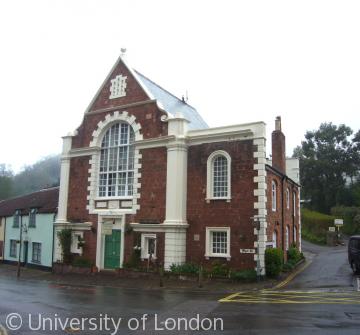Nonconformity in the Dunster and Minehead area

Minehead’s position as a port town in the 17th century probably encouraged dissent to flourish and by 1667 there were public conventicles, said to be held by an Anabaptist, and attendance of up to 100 was claimed. By the end of the century Baptists, Presbyterians and Quakers were established and between 1672 and 1707 ten licences for nonconformist worship were granted. The decline in trade in the later 18th century brought about a similar decline in nonconformity but there was a resurgence in the early 19th century when landowners like Lord King and Sir Thomas Dyke Acland were happy to let land for chapels but the Luttrells who owned most of the parish discouraged dissent. Later generations of Luttrells were more generous. The development of the seaside resort caused several denominations to open churches and chapels including Roman Catholics, Plymouth Brethren and Jehovah’s Witnesses. In 1943 there were at least ten places of worship in Minehead, besides two in Alcombe, and others have been built since.
By the 19th century Dunster had several nonconformist chapels. In 1851 attendance at church and chapel equalled three quarters of the population but many people would have gone to two services. Dissent flourished at the same period in neighbouring rural areas like Carhampton and Withycombe.






